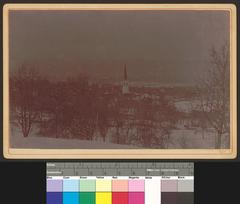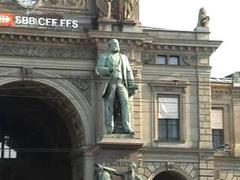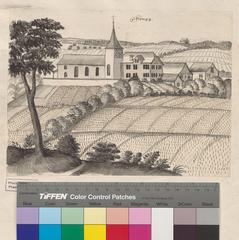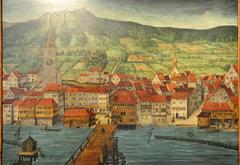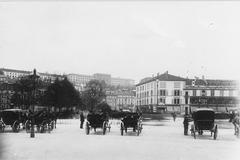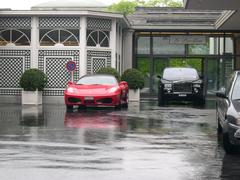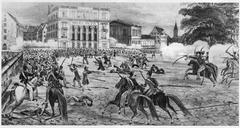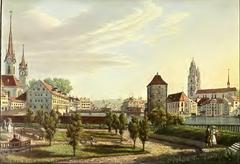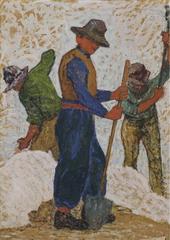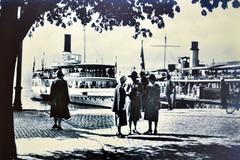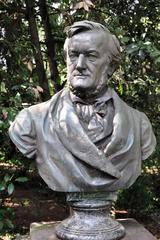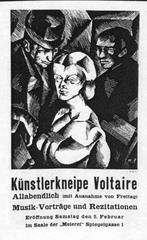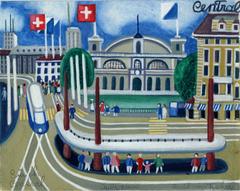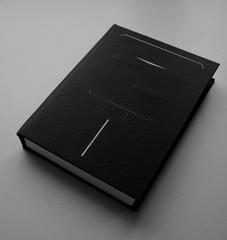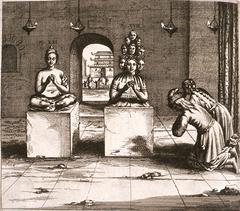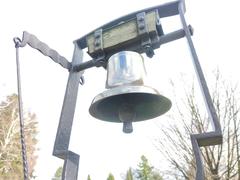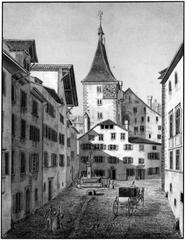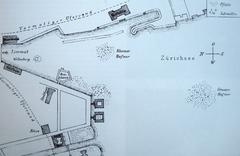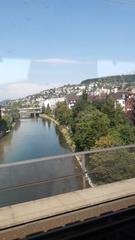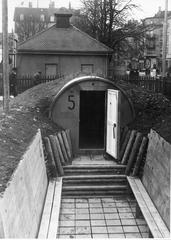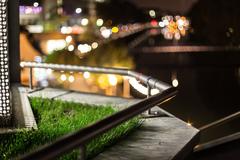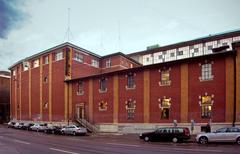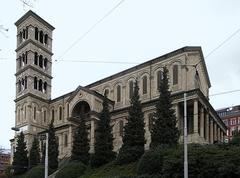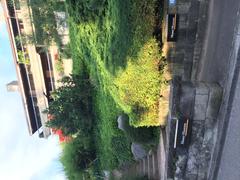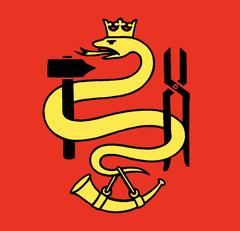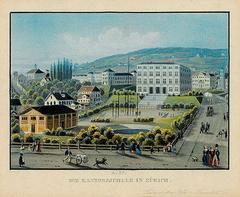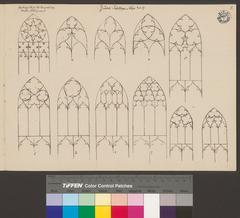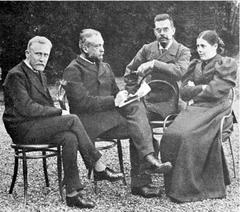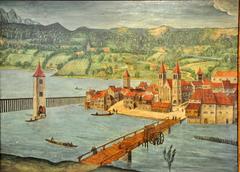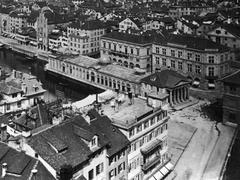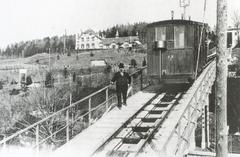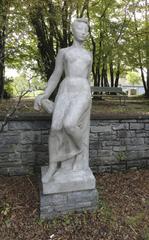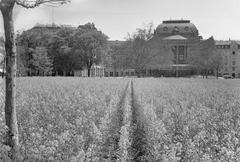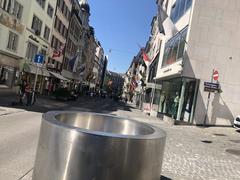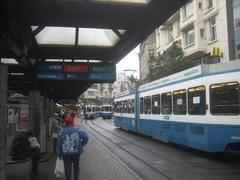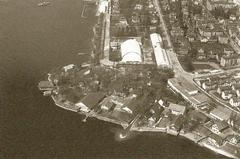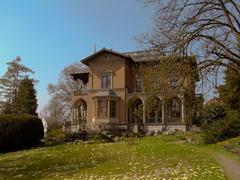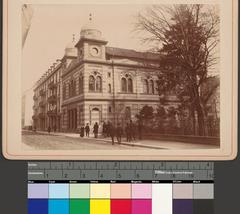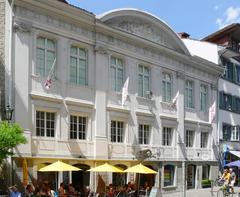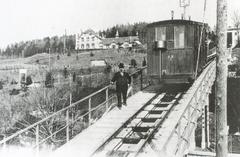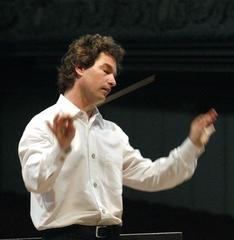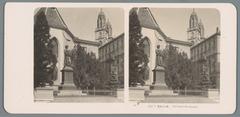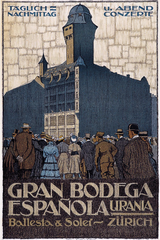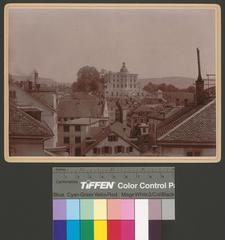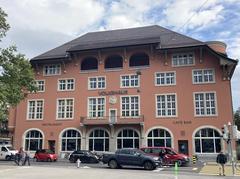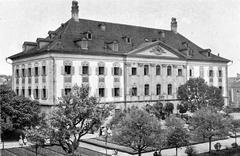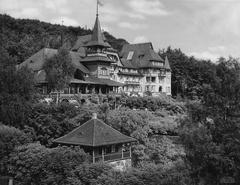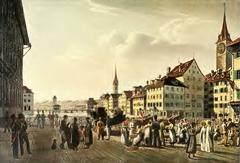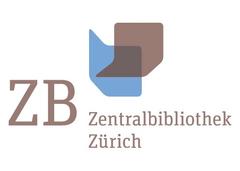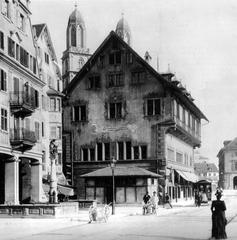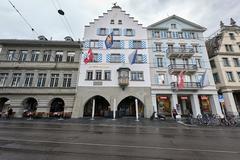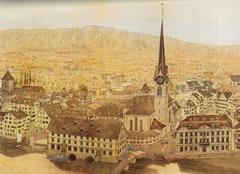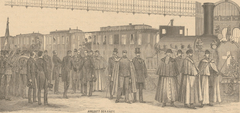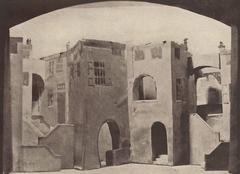
Burg Friesenberg: Visiting Hours, Tickets & Complete Travel Guide
Date: 04/07/2025
Introduction
Overlooking Zürich from the scenic slopes of the Uetliberg mountain, Burg Friesenberg is a medieval castle ruin that offers an immersive step back into the city’s feudal past. First recorded in 1218, the castle’s remnants tell stories of noble families, military strategy, and Zürich’s transformation from a medieval stronghold to a modern metropolis (stadt-zuerich.ch, alt-zueri.ch). Today, the site is freely accessible, perfectly situated for hikers, history enthusiasts, and anyone seeking panoramic views of Zürich and the Alps. This guide details visiting hours, ticket information, accessibility, historical context, and practical tips for making the most of your visit.
Table of Contents
- Early Origins and Medieval Foundations
- Noble Ownership and Feudal Significance
- Decline, Ruin, and Rediscovery
- Architectural Features and Layout
- Modern Restoration and Conservation
- Visiting Hours, Tickets & Accessibility
- How to Get There
- Nearby Attractions
- Tips for Visitors
- Frequently Asked Questions (FAQ)
- Conclusion
- Sources
Early Origins and Medieval Foundations
The origins of Burg Friesenberg trace to the early 13th century, with the first mention in 1218 as “Frisonburch” in the St. Peter Church’s property register (stadt-zuerich.ch). Its name derives from the Old High German “Friesco,” reflecting the area’s early Germanic settlement (alt-zueri.ch). Likely constructed between the late 11th and early 13th centuries, the castle was part of a region-wide trend of hilltop fortifications, built for both defense and the assertion of noble power (explanders.com).
Its position—on a steep spur of the Uetliberg—provided natural defenses, augmented by a man-made “Halsgraben” (neck ditch) and terraced walls. The site commanded views over the Sihl valley and approaches to Zürich, making it a strategic lookout and control point.
Noble Ownership and Feudal Significance
Originally, Burg Friesenberg was associated with the powerful Freiherren von Regensberg, before the Mülner family took possession in the 13th century. The Mülner, documented as feudal holders from 1257, served as influential ministerials in Zürich’s medieval society (alt-zueri.ch). After the Mülner male line ended in 1386, the castle changed hands several times, reflecting the shifting landscape of regional power.
Throughout its prime, the castle functioned as a feudal residence, military stronghold, and administrative hub for the surrounding lands. Its history mirrors Zürich’s transition from feudal territories to an independent city-state (denkmalpflege-schweiz.ch).
Decline, Ruin, and Rediscovery
By the late 14th century, as Zürich consolidated power and the feudal system waned, Burg Friesenberg was sold and soon abandoned. By 1317, it was described as a “Burgstall” (abandoned castle), and by the 16th century, only ruins remained, as depicted on Jos Murer’s 1566 cantonal map (stadt-zuerich.ch). Over centuries, the forest reclaimed the site, and much of the original stonework was repurposed elsewhere.
Interest in the site revived with archaeological excavations in the early 20th century. In 1902, Zürich acquired the property to protect it as a monument, and partial reconstructions followed between 1925 and 1930 (alt-zueri.ch).
Architectural Features and Layout
The castle’s remains reveal a typical hilltop fortress design. The original structure covered roughly 35 by 30 meters, divided across three terraces supported by retaining walls (burgenverein.ch). Defensive features included:
- Halsgraben (Neck Ditch): A deep trench separating the castle from the ridge, controlling access.
- Zwinger: An outer ward fortifying the main southern entrance.
- Keep: Foundations of a square keep (approx. 6 meters per side).
- Well: The original medieval well, visible today.
The remaining stonework is a mix of medieval masonry and later reconstruction. Interpretive signs on site help visualize the castle’s former appearance.
Modern Restoration and Conservation
Recent conservation, completed in 2024, addressed structural instability and preserved the site for future generations. The restoration involved stabilizing walls, replacing missing masonry, and safeguarding the medieval core beneath visible surfaces (Tages-Anzeiger). Today, the castle is a protected monument and popular hiking destination.
Visiting Hours, Tickets & Accessibility
- Opening Hours: Open daily, year-round, from dawn until dusk. There are no gates or time restrictions.
- Tickets: Admission is free—no ticket required.
- Accessibility: The site is accessible via forest hiking trails. The terrain is moderately steep and uneven, so sturdy footwear is advised. Due to natural slopes and unpaved paths, wheelchair access is limited.
How to Get There
-
By Public Transport:
Take the S10 Uetlibergbahn from Zürich Hauptbahnhof to Uetliberg station. From there, follow marked hiking trails (approx. 30–40 minutes) to the ruins.
Alternatively, take tram lines 9 or 14 to the Friesenberg district, then follow hiking paths uphill. -
By Car:
Limited parking is available near the Uetliberg cemetery. From there, walking trails lead to the site.
Nearby Attractions
- Uetliberg Mountain: Panoramic lookout tower and restaurant at the summit.
- Nature Trails: Numerous scenic hiking and biking paths through the Uetliberg forest.
- Zürich Old Town: Historic churches, museums, and medieval streets just a short ride away.
- Lake Zürich: Swimming, boating, and lakeside promenades in summer (The Crazy Tourist).
Tips for Visitors
- Best Time to Visit: Spring through autumn offers the driest, most pleasant hiking conditions. July is particularly popular for its warm weather and lush scenery (Global Highlights, Kimkim).
- What to Bring: Sturdy shoes, water, snacks, sun protection, and a camera.
- Guided Tours: Occasional tours are organized by local historical groups or hiking clubs. Check Zürich tourism resources for schedules (Zürich Tourism).
- Onsite Conduct: Do not climb on the ruins or disturb the masonry. Supervise children closely.
Frequently Asked Questions (FAQ)
Q: What are the visiting hours of Burg Friesenberg?
A: Open daily, year-round, from dawn until dusk—no formal opening or closing times.
Q: Is there an entrance fee?
A: No, admission is free.
Q: How do I get to Burg Friesenberg?
A: Take the S10 Uetlibergbahn to Uetliberg station and hike to the ruins, or use tram lines to Friesenberg and walk up.
Q: Is the site wheelchair accessible?
A: The uneven, forested terrain limits wheelchair access.
Q: Are there guided tours?
A: Occasional tours are available; check with Zürich tourism offices for details.
Q: Are restrooms or refreshments available onsite?
A: No. Bring water and snacks; facilities are available in nearby districts.
Conclusion
Burg Friesenberg stands as a quiet yet compelling monument to Zürich’s medieval past. Freely accessible and beautifully situated, it offers a rewarding blend of history, nature, and panoramic views. Whether as a destination for a scenic hike or a starting point for exploring Zürich’s broader heritage, the castle ruins are a must-see for visitors seeking authentic local history.
For up-to-date information on guided tours and events, consult official Zürich tourism resources or download the Audiala app for self-guided experiences and travel inspiration.


